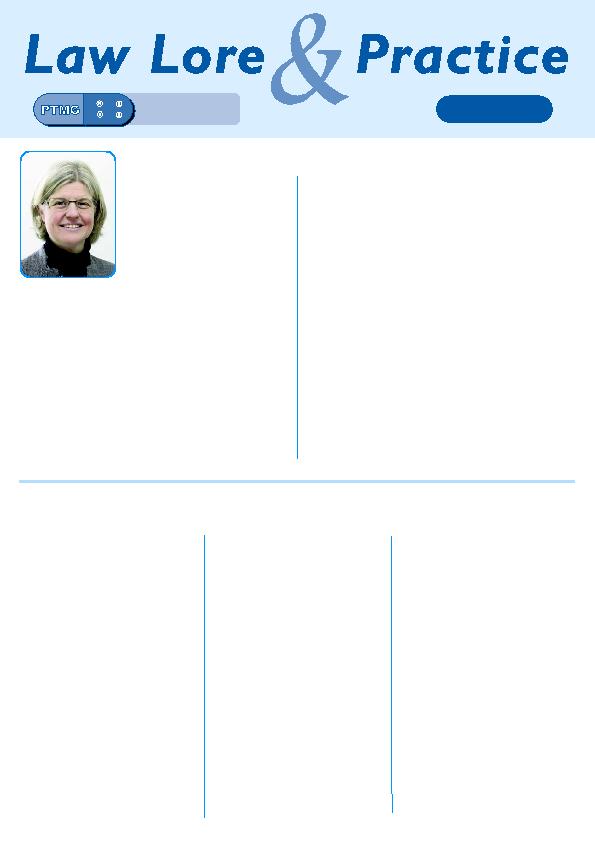
(TTAB) of the United States Patent and
Trademark Office issued a multi-faceted
precedential decision, Mini Melts, Inc. v
Reckitt Benckiser LLC, focusing on the
potential for confusion between nearly
identical marks used for ice cream and an
OTC pharmaceutical product used by
children, respectively, and what role safety
concerns may have on this issue. The
TTAB also discussed the sufficiency of
evidence to establish acquired
distinctiveness in a mark, and the impact
on the proceeding of a prior federal court
decision involving the parties.
applications to register MINIMELTS and
MINI-MELTS for "pharmaceutical
preparations for use as an expectorant"
versus Opposer's MINI MELTS mark for
ice cream. The TTAB had earlier denied
cross-motions, including one by Reckitt
claiming that a prior federal court decision
and appeal in which it prevailed
one by Opposer concerning judicial
estoppel over the format for Reckitt's
marks. These motions essentially stated
that certain determinations made in the
federal litigation controlled the TTAB
proceeding. The TTAB denied both
motions primarily because the parties'
marks at issue in the federal litigation
differed somewhat from those at issue in
the opposition. In particular, the federal
litigation involved Reckitt's use of
CHILDREN'S MUCINEX MINI-MELTS not
MINIMELTS and MINI-MELTS.
how product safety might pertain to the
likelihood of confusion analysis. Opposer,
the ice cream distributor, described its
safety concerns as follows:
get access to Applicant's medicine and
think, because of the identity in trade
marks, that it is one of Opposer's ice
much of it as they wanted, thereby causing
harm to their well-being . . . It is not
arguing that Applicant's Mini-Melts
medicine should be taken off the market
because it is too dangerous; rather,
Opposer is arguing that it creates a
danger to the public to give a use-only-as-
directed medicine with potentially
dangerous side effects the same name as a
popular children's novelty ice cream treat.
considered these safety concerns, but
found "no evidence that anyone abuses or
misuses Reckitt's product as a result of
trade mark confusion. More specifically,
the TTAB stated: "the issue herein is not
whether purchasers would confuse the
goods (ice cream and pharmaceutical
preparations), but rather whether there is
a likelihood of confusion as to the source
of these distinctly different goods."
Games are drawing to a close in Brazil
after a fully packed summer of sport.
How inspiring these athletes are, be they
able-bodied or disabled, to those of us
who dedicate our lives to the more
sedentary activity of the defence of
intellectual property. Around 4350
athletes from 160 countries have
competed in this year's Paralympic
Games, no doubt far beyond anything
1948 when he launched the idea of sporting events for WWII
veterans with spinal injuries.
honoured today as the Olympic flame lit there was united with
the five other flames relayed around the five regions of Brazil
which all united at the Maracană during the opening ceremony.
The first official Paralympic Games were held in Rome in 1960
and since 1988, they have systematically been held after the
Olympic games in the same city. There can be no doubt that the
momentum created behind the London 2012 Games has
continued to raise the profile of these extraordinary athletes,
some of whom began their sporting careers as able-bodied and
have continued to demonstrate the drive and determination that
is necessary to reach Olympic standards.
International Olympic Committee has played its role in raising
awareness about disabled athletes, notably by profiling those who
suffered from polio as children. Vaccination campaigns are still
not systematic in all parts of the world and this week's statistics
reveal that the disease remains endemic in Afghanistan and
Pakistan, while parts of West Africa remain vulnerable to
outbreaks of the disease.
month with the inaugural Cyborg Olympics to be held in Zurich
on Saturday 8th October. Whilst most PTMG delegates will be
recovering from the Gala Dinner, people with disabilities will use
sophisticated technologies to compete in six disciplines, using the
latest assistive technologies. As an example, in the cycling race,
athletes with paralysed legs will use nerve stimulation systems to
power up their dormant leg muscles and push their feet against
the bike pedals. As with some Paralympic events which are raced
in pairs, here the competing team will consist of the athlete and
their engineer.
experience another conference programme which I know will
continue to push at the boundaries for our profession,
particularly during the Friday afternoon session. I look forward
to seeing many of you there.
Trade Marks Group
Trade Marks Group